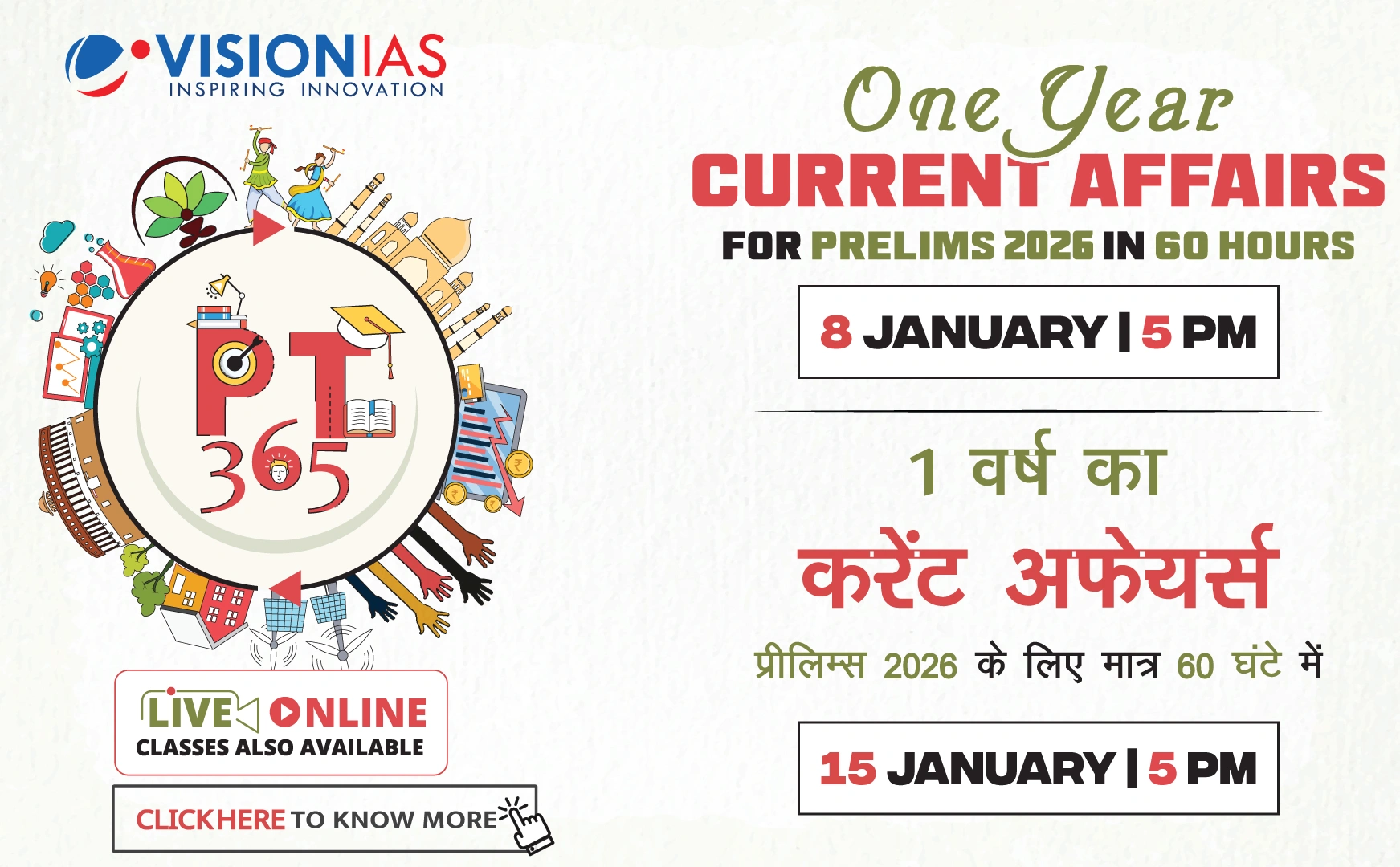Caste Census Decision by the Union Cabinet
The Union Cabinet has decided to include caste enumeration in the upcoming census, a significant move as caste data was last collected in the 2011 socioeconomic caste survey, which wasn't made public. The last comprehensive caste census was conducted in 1931.
Implementation and Constitutional Aspects
Union Minister Ashwini Vaishnaw stated that under Article 246, census is a Union subject. He noted that previous state-level caste surveys varied in transparency and intentions. Thus, caste enumeration in the main census is deemed necessary to avoid political misuse and strengthen social and economic structures.
Historical Context of Caste Census
- 1881: First comprehensive synchronised decennial census in India.
- 1901: Census used 'varna hierarchy' system.
- 1931: Castes counted based on occupation, identifying 4,147 castes.
- 1953: First backward classes commission established.
- 1980: Mandal Commission reported OBCs as 52% of the population.
- 1990: 27% reservation in jobs and education for OBCs implemented.
- 1992: Supreme Court capped quotas at 50% in Indra Sawhney case.
- 2011: SECC conducted, but data not released publicly.
Current Challenges and Considerations
There is no clear timeline for the next census, delayed since 2021 due to the pandemic. Discussions continue on removing the 50% quota cap and extending quotas to private institutions. States like Bihar, Karnataka, and Telangana have conducted their own caste surveys.








